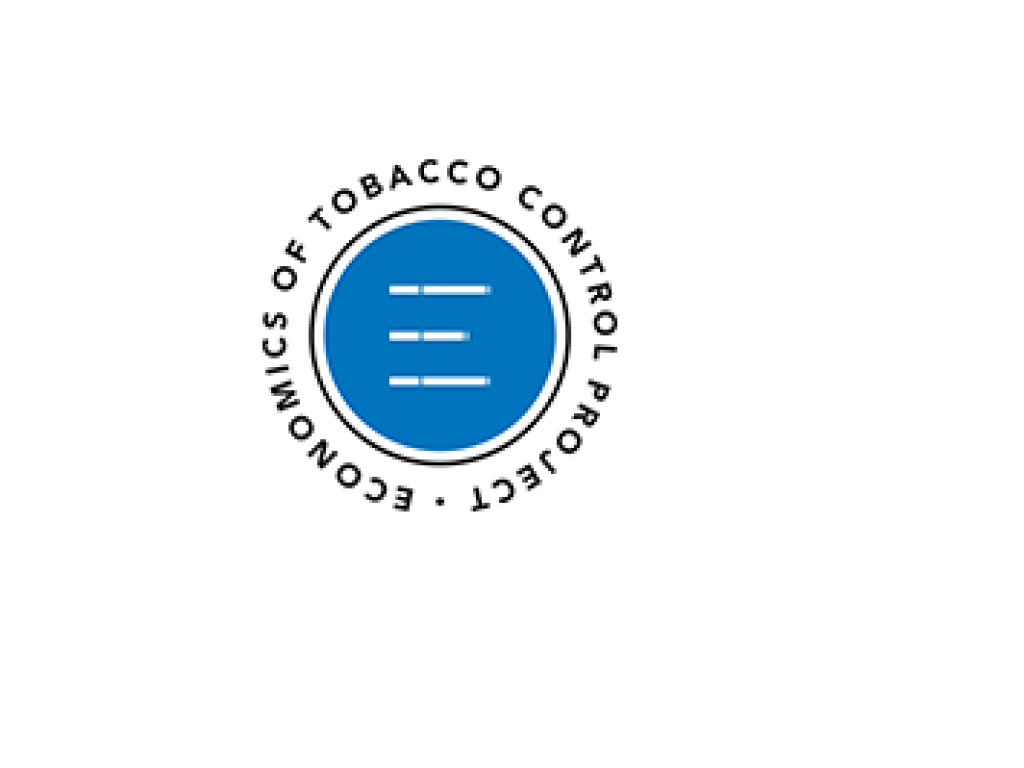Looking back: Supporting country officials to implement better tax systems

In 2011, with support from the American Cancer Society, tobacco-control research at UCT was formalised when the ETCP was founded as a project in the Southern Africa Labour and Development Research Unit (SALDRU). The initial funding was subsequently supplemented with grants from the Bill & Melinda Gates Foundation. The focus of the research expanded to the rest of the African continent. Among other things, the ETCP ran a number of workshops aimed at informing policy delegates from African countries.
A particularly memorable workshop was held in January 2011, just as the ETCP was launched. We invited about ten delegates from Kenya, from different government ministries as well as from civil society organisations. The workshop consisted of lectures on basic concepts in the economics of tobacco control, such as demand, price elasticity, tax structures, and industry responses to tax increases.
From the outset, it was clear that Kenya’s tax structure (at the time an ad valorem tax) was suboptimal. Most of the attention in the workshop was focused on ways to improve the tobacco-tax structure.
Within a year of the workshop, the government of Kenya reformed its tobacco-tax system in ways that reflected the principles that were presented during the workshop. It introduced a specific component to the tax system, in addition to the ad valorem tax, in 2012. In 2015 it eliminated the ad valorem component, and implemented a uniform specific tax on cigarettes, which, as was illustrated at the ETCP workshop, is the gold standard in tobacco taxation. Sadly, in 2017, the government of Kenya succumbed to industry pressure and introduced a second (lower) tax tier for cheap, unfiltered cigarettes.
The 2011 workshop highlighted that tobacco-tax policies were most effective when supported by a strong (well-designed) tax structure. However, many African countries still have suboptimal tax structures. In subsequent workshops we have continued to emphasise that a well-designed excise tax structure is more important than the tax rate.
